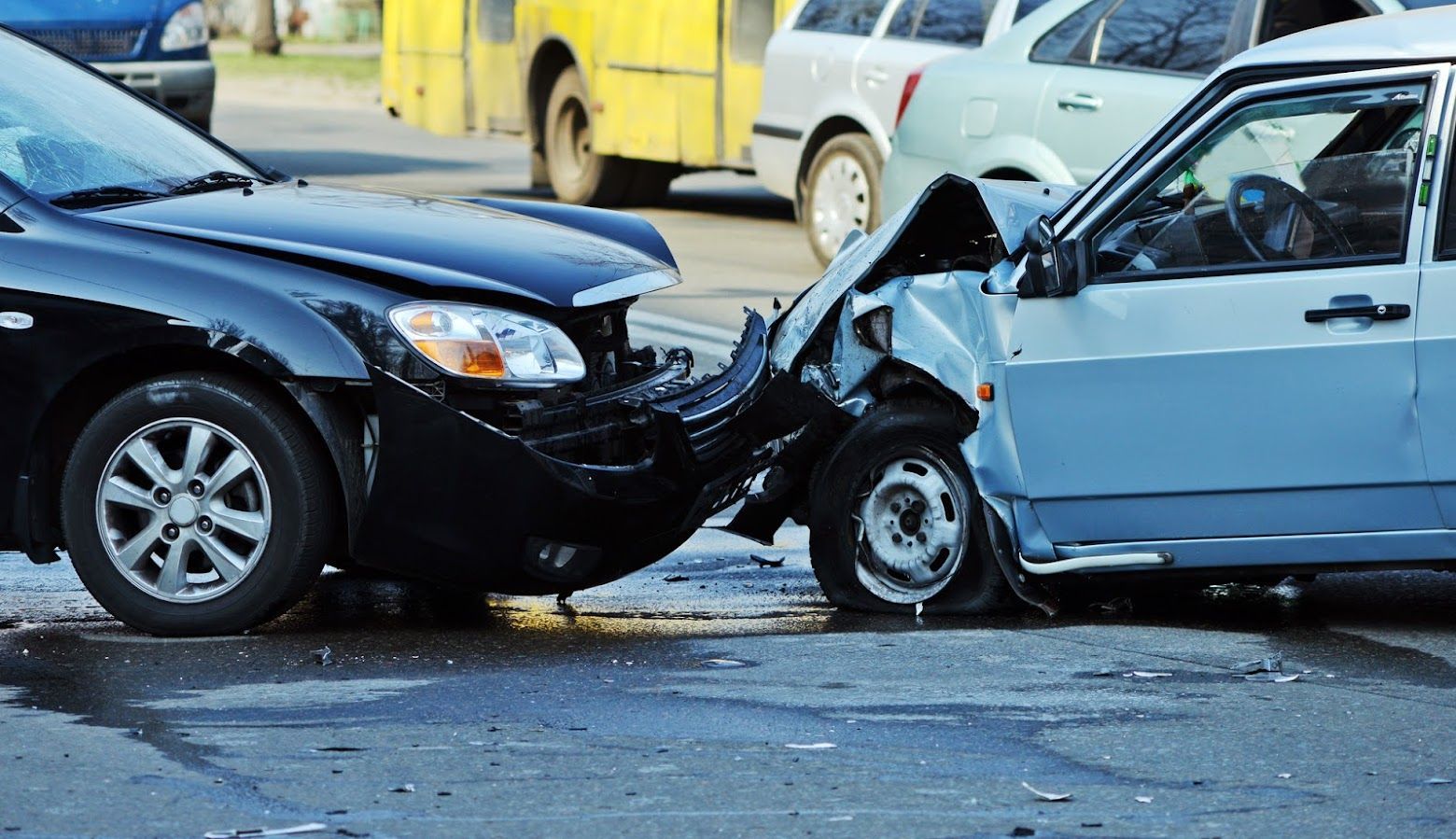4 Common Kinds of Car Accidents

Car accidents are unfortunately a common occurrence all over the country. These terrifying events frequently happen in the blink of an eye, leaving us confused, hurt, or even grieving a loss. On the other hand, have you ever considered the chain of causes that could result in these unfortunate car accidents? Take a closer look at four prevalent types of automobile accidents and what causes them.
1. Rear-End Accidents
Rear-end collisions, also referred to as fender benders, arise when one vehicle collides with the rear end of another. While there are many potential causes, the most common is a following driver who follows too closely after the lead car. All drivers must keep a fair and cautious distance from other cars at all times—this includes not following any closer than is reasonable and prudent.
It is typically easy to determine who was at fault in a rear-end collision. It is common practice to hold the driver in the rear accountable in cases where the lead driver makes an abrupt and unanticipated halt. For starters, getting dangerously close to the car in front of you, a practice known as tailgating, is unacceptable. To prevent rear-end incidents, drivers must constantly keep a safe following distance.
2. Sideswipe Accidents
This type of accident occurs when two cars going in the same direction collide side by side. Distraction is a leading cause of sideswipe accidents. Drivers who are not paying attention increase the risk of an accident by crossing over into oncoming traffic. Distractions like eating, fiddling with the radio, or using a telephone might cause this.
Drunk or drugged driving is another leading cause of sideswipe incidents. Drunk drivers are more likely to swerve into oncoming traffic and cause accidents due to their sluggish reflexes and lack of coordination.
Another cause of sideswipe accidents is drivers who fail to check into their blind areas. What we call blind spots are those regions surrounding a car that the side and rearview mirrors do not reflect. Accidents involving vehicles in blind zones can happen when drivers do not look in such areas before changing lanes.
3. Head-On Collision
One of the riskiest kinds of accidents is a head-on collision. These collisions happen when two cars traveling in opposite directions hit each other, frequently at high speeds, and cause severe injuries. Many things can lead to a head-on collision, such as going in the wrong direction or cutting someone off in front of you.
A wrong-way accident occurs when a motorist disregards the direction of traffic. This could occur if the motorist is intoxicated or disoriented, or fails to notice the signage stating that the road is one-way. The best way for drivers to prevent incidents like this is to obey traffic laws and pay close attention to road signs.
Another risky maneuver, particularly on two-lane roads, involves overtaking another vehicle in front of you. Accidents with oncoming traffic can happen if drivers are not careful or do not estimate how much room they need to pass. No passing zone, slope, or low-visibility place is safe to pass in, and drivers should constantly check for oncoming traffic before trying to pass.
4. Side Impact Accidents
Side-impact or t-bone crashes are a form of collision that usually happens at crossroads when one vehicle collides with another vehicle on its side. The form that this sort of collision takes on when it hits makes it similar to the letter T.
A significant contributor to side-impact collisions is careless driving, specifically disregarding stop signs, red lights, or the right-of-way when making a left turn. Even with the green light giving the right of way to other road users, these accidents can happen if one driver does not slow down at an intersection.
A driver's risk of harm is more significant in a side-impact collision than in any other kind of vehicle accident. The reason behind this is that the majority of automobiles do not offer adequate protection against side crashes compared to frontal strikes. Cars with airbags and crumple zones might safeguard the driver in front of the vehicle, but side-impact drivers get almost no protection at all.
Contact us at Borbi, Clancy & Patrizi for legal assistance.
